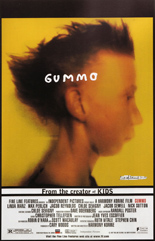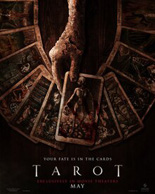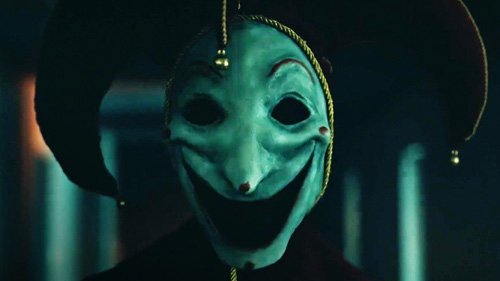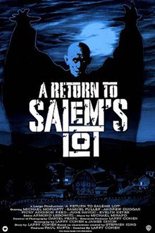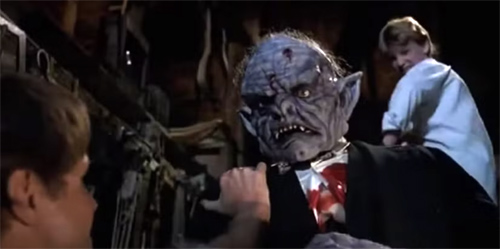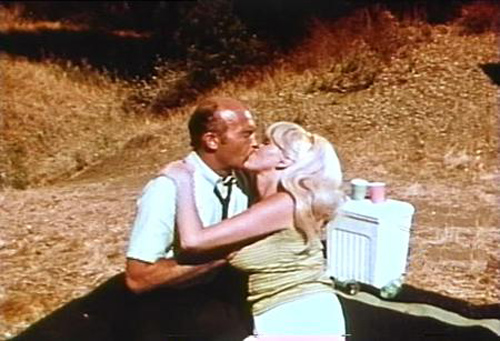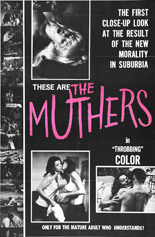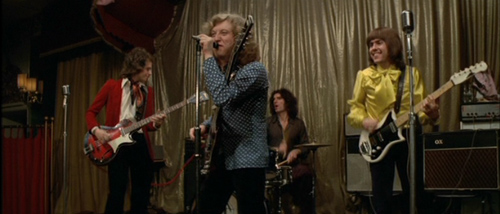
A white-trash travelogue through the scabies-infested underwear of the crusty underworld of destitute hell, Gummo is the overpriced souvenir photo you get the world’s worst gift shop.
Featuring budding sociopaths, disabled sex fiends and freshly killed pets, the rancid smell of this movie is a combination of rotting trash, decayed carcasses and dirty jean shorts. Filmed in a cinéma vérité-style anti-style somewhat within the boundless boundaries of the supposed Dogme 95 movement, it’s an art film for the perpetually artless.
In the ruins of Xenia, Ohio, a traumatic tornado has decimated the mostly white population and their malformed brethren in a drastic cycle of abject poverty, serious non-education and, for the most part, death metal. Gummo starts with an emaciated boy in dingy bunny ears, spitting and urinating from an overpass. From this first minute, things get progressively worse with the mostly amateur cast of jobless ne’er-do-wells excreting the most anti-social behavior.
In small, disparate sections, a kid feeds glass-riddled food to stray cats, platinum blondes with puffy nipples dance on a bed, skinhead brothers engage in bareknuckle horseplay, a pair of foulmouthed youngsters shoot cap guns, director Harmony Korine sexually assaults a gay little person, and, in the most suitable section of the film, the world championship of chair wrestling goes down.
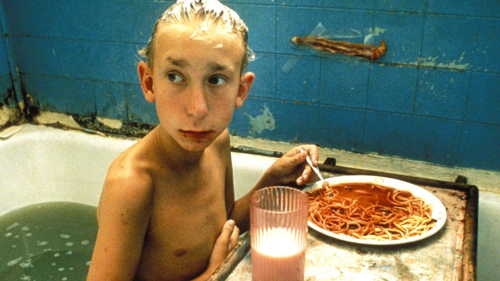
Even with all that, Gummo has a through line of two junior delinquents like to huff glue, score with an underage prostitute, murder a comatose granny, drown numerous kittens and, worst of all, take baths in the foulest green water while eating sparse spaghetti.
Known for his shock-based indie features like Spring Breakers, Korine has assembled a stellar cast of the worst possible losers, users and in the case of Chloe Sevigny, poseurs. It’s a remarkably pathetic time at the movies — and one that is infinitely watchable.
It’s a totally class-based scare film about that one house on the block whose residents drunkenly play their music too loud at 3 a.m. and then pistol-whip you for complaining. You know the one!
Some people think Gummo is truly destitute outsider art — actually, most of Korine’s work is like that, but that’s a whole other thing — leading me to wonder if this is an actual narrative film or a documentary of the most homeless order.
Or both?
Either way, it’s that type of movie that will make you claw deeper into your white-bread Christian worldview of opioid-addicted sinners or expand your holy subconscious into venereal medicines usually administered though the penis. —Louis Fowler

